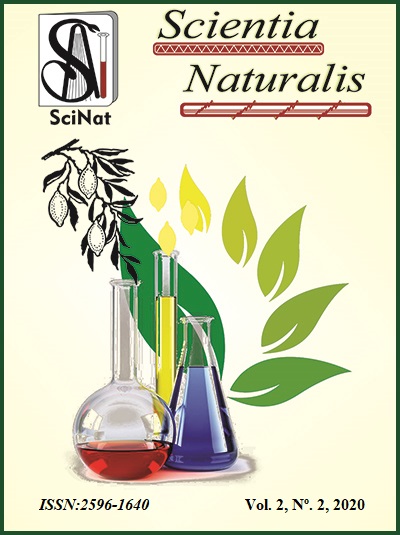Avaliação da distribuição espacial da dengue no município de Tomé-Açu/PA
Resumen
O município de Tomé-Açu possui grande desenvolvimento de agricultura. É um dos mais importantes do Estado. Em decorrência do desmatamento para agricultura e o crescimento da cidade, a população torna-se suscetível ao contato com os vetores de doenças infecciosas (DIs). As abordagens geoespaciais são utilizadas frequentemente para determinar a epidemiologia de uma região. O presente estudo trata-se de uma pesquisa quantitativa/explicativa, no sentido de que foi estudado a Dengue distribuída em Tomé-Açu ao longo de dez anos (2008 –2018). Os dados foram obtidos da secretária de saúde do município, para a obtenção dos locais de ocorrência das doenças. Após o procedimento de importação dos dados, foram aplicados o estimador de densidade kernel e índice de Moran. Após, foi gerado o MAPA de densidade para o período que foi projetado no formato shapefile, sendo inseridos no software de sistemas de informações geográficas (SIG) ArcMap 10.5, onde foi construído o mapa. Após a obtenção dos dados, observou-se que o uso e ocupação do solo é um fator predominante para a epidemia de doenças infecciosas na região, devido a presença de ocupação humana nas proximidades de áreas recém desflorestadas. Conclui-se que, a metodologia utilizada pode contribuir para ações de vigilância e controle para a saúde da população.




